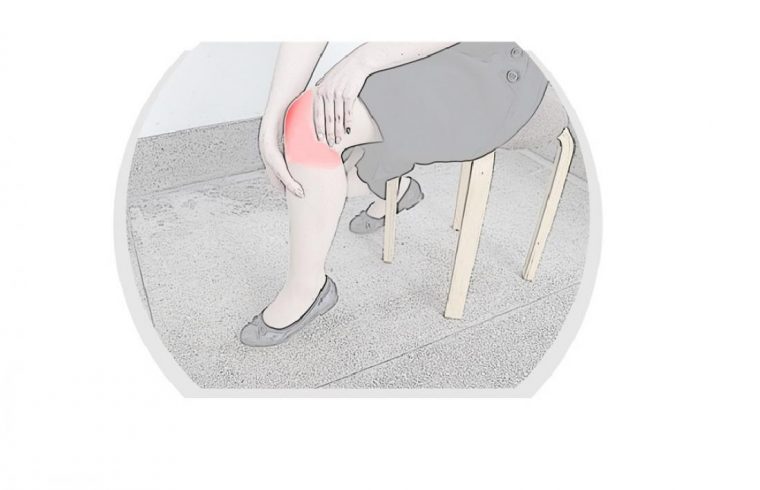Osaka, Japan – You don’t have to be an avid sports fan to recognize the term “ACL injury.” Damage to the anterior cruciate ligament (ACL) — a tendon in the knee — is prevalent even among amateur sports players, and treatment often requires ACL reconstruction, which involves tendon replacement.

However, which replacement tendon is most suitable remains controversial. Osaka Metropolitan University scientists took a step further in the quest for an optimal tendon by evaluating the microscopic anatomy of two popular ACL reconstruction options. Their findings were reported in The American Journal of Sports Medicine.
Located in the middle of the knee, the ACL — a band of tissue connecting thigh bones and shin bones — is of vital importance in keeping the knee joint stable.
“Two common grafts, or replacement tendons, for ACL reconstruction, are bone-patellar tendon-bone (BPTB) and quadriceps tendon-patellar bone (QTB) grafts,” noted lead researcher Professor Hiroaki Nakamura. ACL reconstruction patients often face graft damage at the ACL femoral insertion site, requiring special attention to this area.
The research team evaluated the relative suitability of QTB and BPTB grafts by comparing their similarity to the ACL at femoral insertion sites.
The team experimented with the ACL, QTB, and BPTB taken from the knees of 20 human cadavers, along with performing CT scans in 18 living patients whose ACL reconstruction made use of either QTB or BTPB grafts. The collected information included insertion width and thickness, ligament attachment angle, and graft bending angle (GBA) as well as another corresponding angle.
Statistical analysis shows that compared with the ACL, the insertion width and thickness of the QTB grafts were greater, while those of the BTBP grafts were significantly smaller. The greater similarity in ligament attachment angle was observed between the ACL and QTB grafts than between the ACL and BTBP grafts.
The difference between the GBA and the corresponding angle was also significantly smaller in the QTB grafts than in the BTPB grafts, suggesting that the former does not bend as much as the latter; this results in a lower risk of excessive stress on the insertion site and therefore a lower probability of graft damage.
The study findings contribute to potential improvement in ACL injury treatment. “Our results show that the QTB graft had greater similarity to the ACL at the femoral insertion site, indicating it as a more suitable option for ACL reconstruction,” concluded first author Takuya Kinoshita, MD. “We hope to verify this advantage of QTB grafts through clinical results in the future.”








